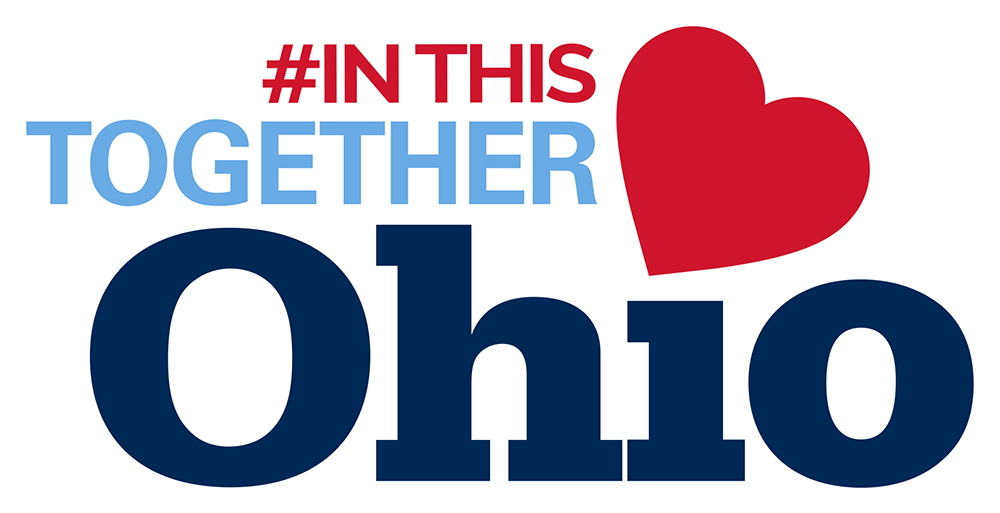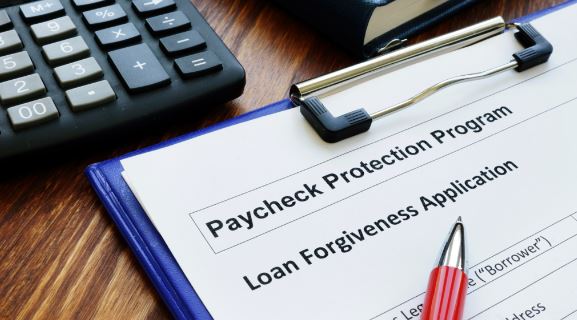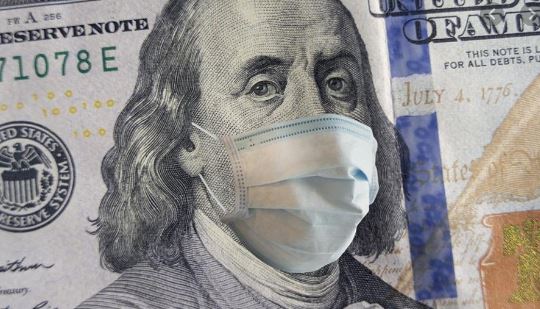Considering an SBA Loan? Act Now.
 If you have been considering an SBA loan (other than PPP) for your business, this is an ideal time to apply.
If you have been considering an SBA loan (other than PPP) for your business, this is an ideal time to apply.
We have compiled some key SBA loan related provisions included in the Economic Aid Act to further assist you with making this decision:
Extension of the Debt Relief Program established under the CARES Act
- All borrowers with qualifying loans approved by the SBA prior to the CARES Act will receive an additional three months of P&I, starting in February 2021. Going forward, those payments will be capped at $9,000 per borrower per month.
- After the three-month period described above, borrowers considered to be underserved—namely the smallest or hardest-hit by the pandemic—will receive an additional five months of P&I payments, also capped at $9,000 per borrower per month. They include:
- Borrowers with SBA microloans or 7(a) Community Advantage loans
- Borrowers with any 7(a) or 504 loan in the hardest-hit sectors, as measured by the severity of sector-wide job losses since the start of the pandemic. They include food service and accommodation; arts, entertainment and recreation; education; and laundry and personal care services.
- SBA payments of P&I on the first 6 months of newly approved loans will resume for all loans approved between February 1 and September 30, 2021, also capped at $9,000 per month.
Modifications to 7(a) Loan Programs
- Increases to 90 percent the loan guarantee amount on 7(a) loans, including for Community Advantage loans, until October 1, 2021.
- Increases the Express Loan amount from $350,000 to $1 million on January 1, 2021, and then reverts permanently to a lower amount of $500,000 on October 1, 2021.
- The Express Loan guaranty amount for loans of $350,000 and less is temporarily increased from 50 percent to 75 percent, and for loans above $350,000 the guarantee remains at 50 percent. On October 1, 2021, the guarantee reverts to 50 percent for all Express Loans.
Temporary Fee Reductions
- Waives lender and borrower fees for both the 7(a) and 504 loan programs.
For further assistance with submitting an application or if you have any questions, please work with your Whalen advisor.



 The Biden Administration announced this week that it will institute a two-week period starting Wednesday, 2/24 during which only businesses with fewer than 20 employees will be able to apply for Paycheck Protection Program (PPP) loans.
The Biden Administration announced this week that it will institute a two-week period starting Wednesday, 2/24 during which only businesses with fewer than 20 employees will be able to apply for Paycheck Protection Program (PPP) loans.
 The Small Business Relief Grant is designed to provide relief to Ohio businesses that have been negatively affected by COVID-19.
The Small Business Relief Grant is designed to provide relief to Ohio businesses that have been negatively affected by COVID-19.
 President Trump signed a bill Saturday re-opening the application window for the Paycheck Protection Program (PPP) until Aug. 8.
President Trump signed a bill Saturday re-opening the application window for the Paycheck Protection Program (PPP) until Aug. 8.
